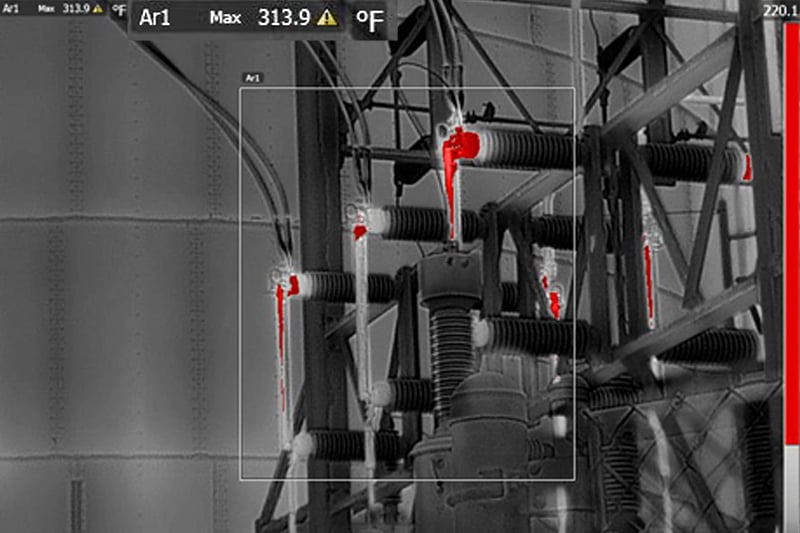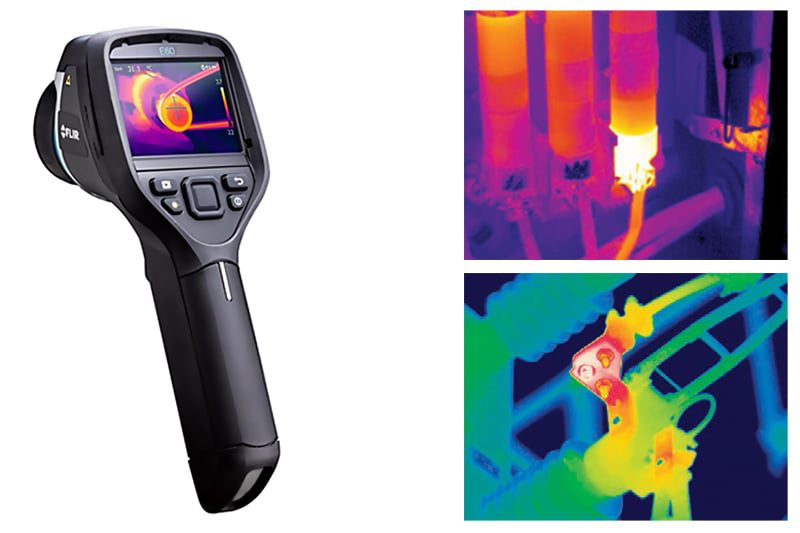4 Benefits of Thermal Imaging Cameras You Should Know

Did you know that a thermal imaging camera can make a significant contribution to your organisation’s bottom line?
No doubt you’ve heard of the obvious functions of thermal imaging cameras such as detection of construction problems such as leaks and insulation gaps as well as electrical or equipment malfunctions, but these deceptively simple-looking devices deliver a host of other benefits which can result in sizeable savings and added value.
Here are four benefits of thermal imaging cameras you should know:
- Reduced costs
When there is physical evidence of a construction problem, it generally comes at significant cost to fix. For example, a leak in a roof may result in a collapsed ceiling or cold air infiltration may only become evident after months of huge heating bills, whereas a thermal imaging camera enables early and precise detection of problems which are invisible to the naked eye.
This can save organisations considerable amounts of money because potential failures are detected before they become major issues, the costs of repairs are reduced, unplanned breakdowns and production losses as well as labour overtime are reduced, equipment life is extended and operators can schedule downtime more effectively. Thermal cameras can also be used for predictive and preventative maintenance which will lead to cost savings down the line.
- Increased productivity
A thermal imaging camera covers a very wide area and enables users to see the big picture in seconds.
The infrared rays can pick up issues such as thermal loss, moisture intrusion, problems with the placement and structure of roof beams and rafters, piping issues, concerns with electrical drops, panels, breakers and wire connections, excessive moisture in building materials and equipment failures across entire buildings etc so it’s highly likely that additional unexpected issues will be picked up, enabling additional savings opportunities.
Moreover, the pictures produced are easy to understand, which speeds up the whole process of problem diagnosis and resolution.
- Improved safety
Another important benefit of a thermal imaging camera is that it can improve worker safety and reduce workplace risks. For example, there’s no need for an inspector to put themselves at risk to find an elusive roof leak , check equipment health or detect a potential fire hazard at close quarters because the camera can be used from a safe distance.
- Added value
An investment in a thermal imaging camera is negligible when compared to the total cost of the assets under inspection. Whether it’s a multistorey building or a factory production line, these easy-to-use point-and-shoot devices are indispensible when it comes to protecting valuable assets and making money.
For example, a camera costing a couple of thousand dollars saved a motorcycle manufacturer potentially hundreds of thousands of dollars when it detected that the wrong model of electrical motor had been installed on its production line. The motors were close to failure which could have been extremely costly in terms of repairs, downtime, loss of production and lost business.
They can also be used to increase an organisation’s service offering – leading to expanded business opportunities. For example, an electrical contractor could provide infrared inspections themselves (which are often required by insurance companies for fire prevention and safety purposes or for claims resolution) instead of outsourcing them.
Thermal imaging cameras can also be used for a host of other purposes such as pipe locations, identifying pest infestations and energy audits, and the benefits they deliver are many and varied. If you’re interested in finding out how your organisation could benefit from a thermal imaging camera, get in touch today.

